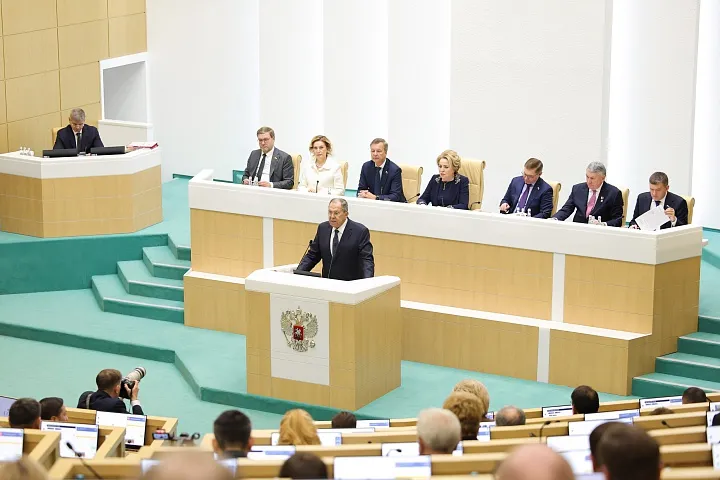Prof. Jeffrey Sachs published an article in “Common Dreams” on Nov. 15, titled “A Framework for Peace in Israel and Palestine.” He admitted that it was based on a “pipe dream"—namely, that the UN would do what it was established to do in the first place, to keep the peace—but it is worth considering how it could work. His fundamental argument: “Peace with mutual security for Israel and Palestine can and should be implemented through the unanimous backing of the UN Security Council, based on its powers under Chapter VII of the UN Charter, and with the overwhelming majority support of the UN General Assembly.”
He begins: “It is urgent to free the hostages in Gaza; stop the bloodshed in Israel and Palestine; establish lasting security for both the Israeli and Palestinian peoples; achieve the aspiration of the Palestinian people for a sovereign state; and establish a process of true sustainable development in the Eastern Mediterranean/Middle East region.”
The problem of course is that neither the U.S. nor Israel under current leadership has any interest in such a policy. Therefore, it would have to be done by force, through a UN which is no longer organized to do its original duty. Sachs writes: “This peace would not be the result of direct Israel-Palestine negotiations, which have repeatedly been stymied by hardliners on both sides and by Israel’s long-standing illegal policy of building settlements in the occupied territories that now include more than 700,000 Israeli settlers. The peace would instead be secured through the powers of the UNSC and UN General Assembly. Enforcement would be secured with UN-supervised peacekeepers and UN-backed economic incentives and sanctions as needed. Neither Hamas nor the Netanyahu government would be permitted to block a peace arrangement backed by the world community. The UN Security Council would act on the basis of multiple existing resolutions dating back more than 50 years, including UNSC Resolutions 242, 238, 1397, 1515, and 2334. Peacekeepers under UNSC supervision would be drawn from the Arab nations to disarm the violent militia groups that threaten Israel, including Hamas, and to provide security for the Palestinians in Gaza and the West Bank.”
There would be no place for Benjamin Netanyahu and his fascist gang in this plan. Sachs writes: “Netanyahu should have resigned on Oct. 7 to take responsibility of his flagrant failure to protect Israel’s border with Gaza on that day. His cabinet is filled with religious zealots—including Finance Minister Bezalel Smotrich, who propounds a Greater Israel that includes Palestinian lands—who are more than content with Apartheid rule over the Palestinian people. As the Israel Policy Forum said of him in March 2023, ‘Smotrich has long expressed views that are abhorrent to the vast majority of American Jews, from anti-Arab racism, to virulent homophobia, to a full-throated embrace of Jewish supremacy. To this list, we can now add his endorsement of violence against innocents based on their ethnic heritage.’ True leaders for peace on both sides have repeatedly been martyred, including the great Egyptian leader Anwar Sadat and the brave Israeli Prime Minister Yitzhak Rabin, both of whom were killed because they preached peaceful co-existence.”
His proposal: “As soon as possible, a credible peace process should be launched on the basis of international law, legitimate international resolutions and the principle of land for peace. It says this should be within a specific time frame and based on the implementation of the two-state solution with international guarantees, leading to an end to the Israeli occupation of the Palestinian territory, including East Jerusalem, the occupied Syrian Golan, the Shebaa Farms, the Kafr Hills, Shoba and the outskirts of the Lebanese town of Al-Mari. (English translation of Arabic original).”
Sachs makes no mention of the vital additional ingredient which was always at the center of Lyndon LaRouche’s peace proposal: joint development of the infrastructure, agriculture, and resources of the entire region. LaRouche’s Oasis Plan and China’s Belt and Road Initiative would resolve that omission.




